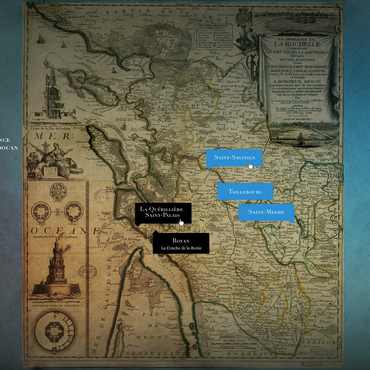
- Home
- A Renaissance monument
- A royal tower
- A lighthouse for Bordeaux's river
By the early sixteenth century, the beacon built by the English had fallen into ruin. Navigating the Gironde Estuary had become a dangerous affair, and in 1582, Henri III decided to rebuild it: "…what must be done to re-construct the tower of Cordouan, located in the middle of the Gironde river, at the entrance to the high seas, between the town of Royan and Notre-Dame de Soulac […] which had fallen into ruin due to the raging sea." The engineer Louis de Foix was given the job. A contract dated 1584 gives an idea of the initial project: a round, three-story tower. The work advanced very slowly and encounted a number of setbacks, particularly due to the difficult period of the Wars of Religion. In 1593, Henri IV allocated significant amounts of money and also gave his approval for a new and much more sumptuous project – one that included a chapel and rich décor. A new contract was signed in June 1594 "for the completion of the construction of the new tower of Cordouan, and for the increase of the diameter, by expanding the works…". The work lasted until Louis de Foix's death (between 1602 and 1606). The tower was finished in accordance with the new project. Nevertheless, the sea threatened what had been accomplished: in 1606, Sully sent the engineer Chastillon on an inspection mission. Chastillon ordered that the platform on which the tower was built be strengthened. Louis de Foix's son Pierre refused to finish his father's efforts, as stipulated in the contract, and it was François Beuscher, royal fortifications master in Guyenne (modern-day Aquitaine) who completed it. The Cordouan lighthouse was put into service in 1611.
Associated media
Open Media Library

Portrait of King Henry III

Map by Gustave Labat
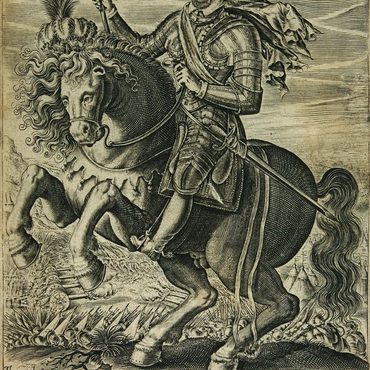
Henri IV on horseback
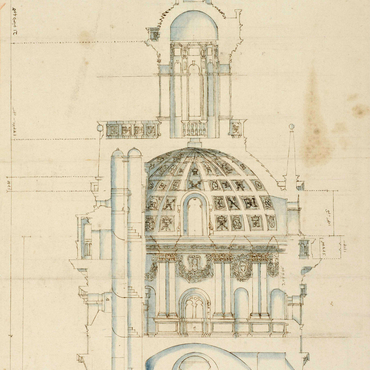
Cross-section of Cordouan
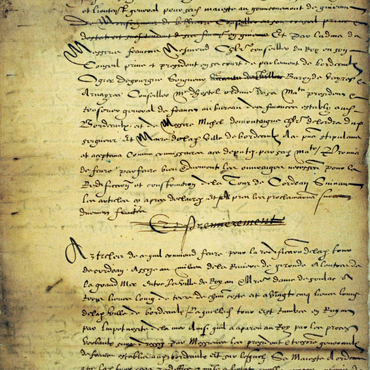
Contract of 1584 between Montaigne and Louis de Foix
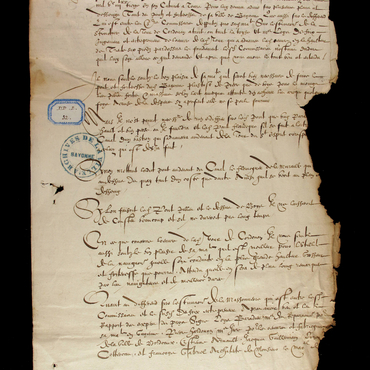
Manuscript quoting Cordouan, 1593?

Letter from Henri IV, 1594

Contract with François Beuscher in 1606
